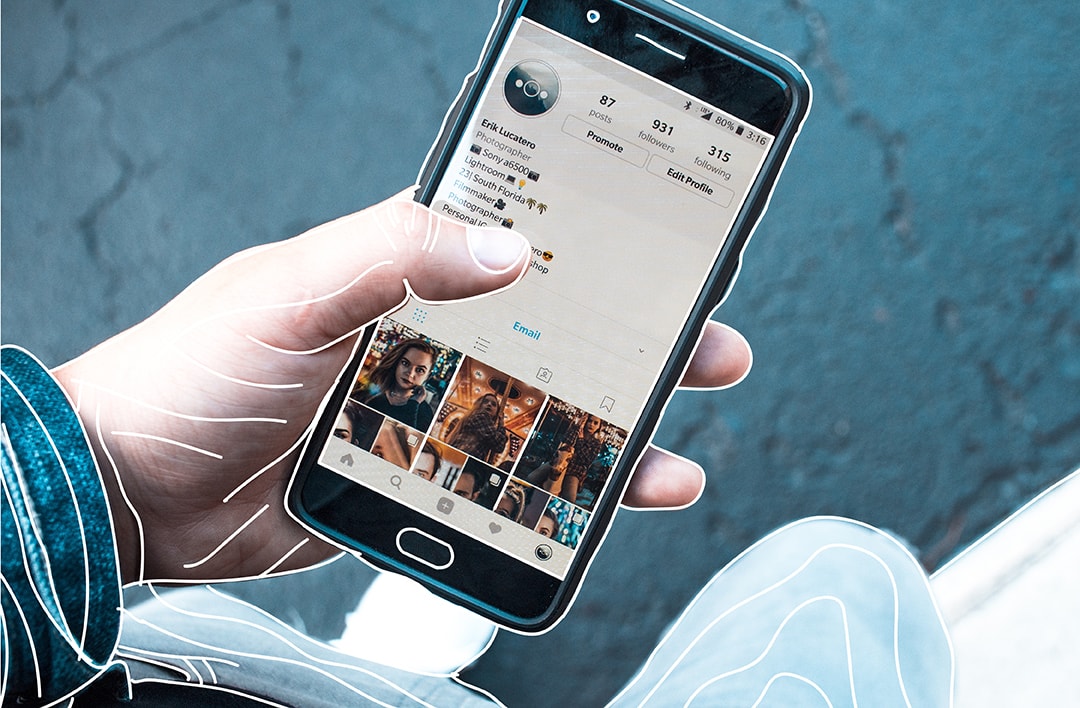Rise Of The Smartphone Generation

As part of Arekibo's on-going review of the digital media landscape we asked 16 year old intern, Jack Connery, to produce a white paper on teenagers' views of digital media. These are the results of his report. In this second article of the series we look at how mobile phones are shaping Irish teens lives. Later on we will look at how apps, gaming, social networking, mobile operators, advertising and traditional media are changing the ways teens communicate, live and even sleep. Click here to read the first post, “Arekibo Report: Digital media and Irish teens – A secondary school student’s view".
Smartphones are taking over the classroom. They are no longer just a communication device for the business classes but an essential social and entertainment tool for Irish students. Irish teenagers are becoming increasing discerning in their choice of mobile phone. It is expected by most teens that, at minimum, their phones will come with a camera, an application store and music player. 3G internet connections are desired but not commonplace while Wi-Fi is a "killer feature" on all portable devices (smartphones, MP3 players, laptops etc). A device which lacks a web connection will not be desired by teens.
Jack reports that the rise in the number of students using smartphones has been as a result of increased competition between mobile operators (more on this later in the week), and students' willingness to accept second-hand smartphones from parents or older siblings. In many cases Irish teens are also willing to contribute large sums of money to help parents buy them such high-end mobile phones. Jack says, “The iPhone is very expensive for students and it can be hard to save up the €579 required for the entry level model. Teenagers usually get new phones for Christmas or birthdays but as they are so expensive many parents ask teens to pay some of the expense.”
When we specifically look at how teenagers use these devices Jack reports that most teens will use their phones for social networking and surfing. While this gives teens greater access to web content it also forms an important lesson for digital agencies; if your content does not work on mobile devices, or is over reliant on Flash, than teens will not be interested. However, despite their technical sophistication texting and making short calls are still common activities on smartphones. In spite of its cheaper price and availability on multiple handsets, Google's Android operating system is not frequently seen in the classroom. For most teens the iPhone and the Blackberry are the only handset of choice. Android's poor performance probably comes as a result of a lack of clear branding. Jack reports that the model of phone, rather than the operating system, is the object of desire for students. And while Samsung and Sony both offer high-quality Android powered phones they lack the “sex-appeal” of Apple's iPhone and Research in Motion's Blackberry brands.
But smartphones are only the beginning of the story, tomorrow we will look at teenagers' opinions and views of apps. Jack tells us about the social structure that has developed around smartphone apps and we will see that price is a key deciding factor for teens when downloading an application. We will also see that without one vital feature your smartphone app will not succeed in the teenage market.